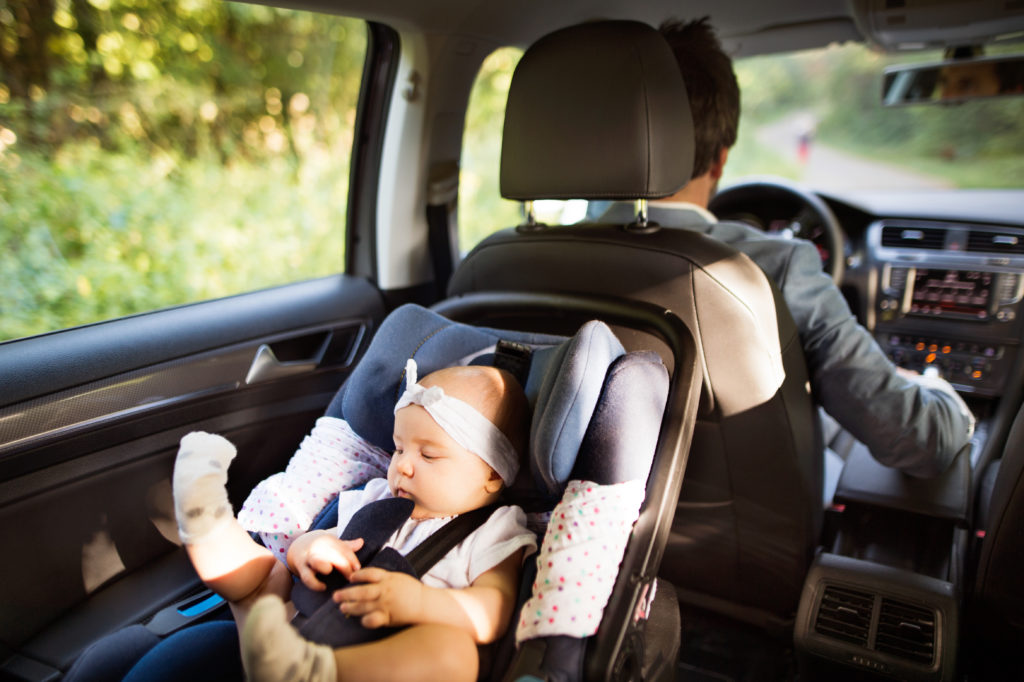 Effective January 1, 2019, the Illinois legislature amended the law known as the Illinois Child Passenger Protection Act, requiring children under two years old to ride in rear facing child seats unless they weigh more than 40 pounds. This rule change also includes new fines. Violators will be assessed $75 for the first offense, and $200 for each subsequent failure to comply.
Effective January 1, 2019, the Illinois legislature amended the law known as the Illinois Child Passenger Protection Act, requiring children under two years old to ride in rear facing child seats unless they weigh more than 40 pounds. This rule change also includes new fines. Violators will be assessed $75 for the first offense, and $200 for each subsequent failure to comply.
Illinois law already required children under 8 to ride in a secure child safety seat. A child’s safety is, of course, the reasoning behind these regulations.
A study conducted by the Centers for Disease Control and Prevention found that 35% of kids under age 12 that died in car crashes in 2016 in this country were not properly restrained. That means, that of the 732 motor vehicle crash deaths in that age group, at least 256 stories may have gone differently. That’s hundreds of families who might have had a different outcome.
Because Illinois law considers the first violation to be a petty offense, a person who has been charged with violating the Illinois Child Passenger Protection Act for the first time may avoid a conviction by successfully completing a child passenger safety instructional course and proving proof in court that they have a proper child safety seat for their vehicle.
Parents or guardians who have questions about how properly install child safety seats should reach out for help. One resource could be your local fire department. There are certified child passenger safety technicians who are available to help at firehouses, police stations, and sometimes hospitals. The National Highway Traffic Safety Administration keeps a list that can be found here: http://www.nhtsa.gov/cps/cpsfitting/index.cfm
Chicago residents can find help by phone too:
Chicago Police Department: Dial 311
Chicago Fire Department: 312-747-6691


